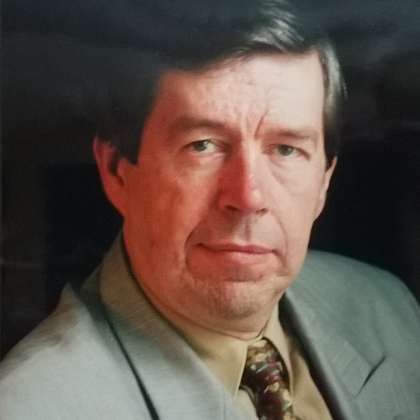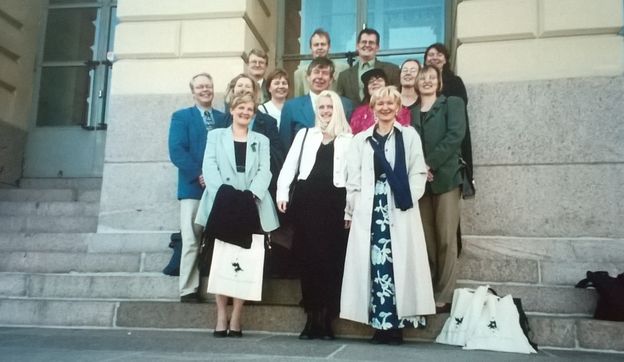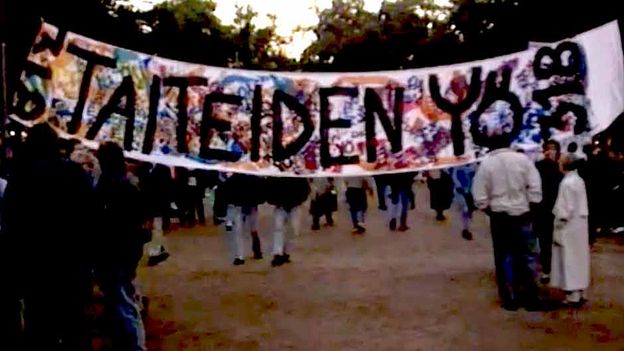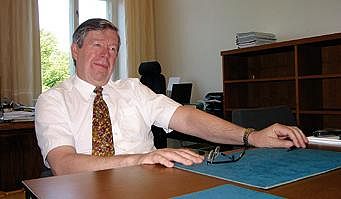Jorma Kaimio
Jorma Juhani Kaimio
Born July 13, 1946, Helsinki
Master of Arts (1967) (Roman literature), Licentiate of Philosophy (1969) and Doctor of Philosophy (1972), University of Helsinki
Secretary, Matriculation Examination Board (1969-72)
Acting Associate Professor of Roman literature (1977)
Managing Director of the Akateeminen bookshop (1980-90)
Literary Director and Vice President at WSOY (1990-2000), President (2000-06)
Publications, research projects and other academic activities
Research interests:
What became of the Etruscans and their language under Rome’s tightening grip?
Latin and Greek as languages of the Roman Empire
The publication of Greek-language papyrus rolls
Awards and special achievements:
University of Helsinki, Senior of the Year 1997
Photo: WSOY:n kuva-arkisto
Written by Jorma Kaimio
Translated by John Calton, Kaisla Kajava and Johanna Spoof
Revised by John Calton.







